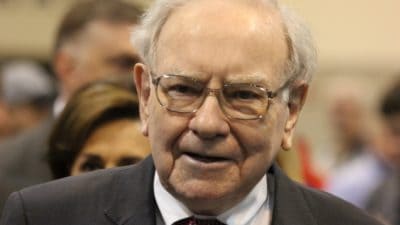Dividend stocks have the potential to provide a passive income that rises each year. Building a share portfolio that delivers on this potential is one of my main investing aims.
Of course, relying on dividend income isn’t without risk. Dividend payouts are never guaranteed and can be cut, or even suspended. When a company cuts its payout, its share price usually falls too.
Today, I want to look at two FTSE 100 shares I’ve been buying recently. I expect them both to provide reliable dividends and long-term growth.
Passive income four times a year
My first pick is one of a small number of UK companies that pays a quarterly dividend. Consumer goods group Unilever (LSE: ULVR) owns UK brands including PG Tips, Persil, and Magnum. It has similar brands in more than 190 countries and has been trading for more than 100 years.
One attraction for me is that Unilever generates more than 55% of its revenue in emerging markets. India and China are two of the group’s largest. Consumer demand in emerging markets is generally expected to grow faster than in developed markets like the UK.
A second attraction is that Unilever’s dividend has grown by an average of about 6.5% per year since 2015. This has given shareholders a reliable, inflation-beating income.
As I mentioned, dividends are never guaranteed. However, Unilever hasn’t cut its for 55 years. This gives me confidence in the company’s commitment to the dividend and its ability to generate cash to fund payouts.
Unilever is exactly the kind of business I want to invest in for passive income. But it’s not perfect. Recent weakness has seen Unilever’s share price fall back to around £40, a level last seen in the aftermath of last year’s market crash.
I think one reason for this weakness is that profits peaked in 2018 and have fallen slightly since then. The market is rightly concerned that Unilever needs to continue finding new growth brands, rather than always relying on older performers.
Despite this risk, I’m comfortable buying the stock at current levels. Profits and sales are expected to return to growth next year and I think the dividend yield of 3.6% should provide a good starting point for my long-term holding.
High-tech dividends
There have been a lot of big winners for tech investors over the last year, especially in the US. But very few provide the kind of passive income I’m looking for. One exception is FTSE 100 accounting software group Sage (LSE: SGE).
This business was founded in 1981 and has grown to become a £7bn business. Over the last few years, the company has been gradually converting its older customers from old-school software to newer, online services.
This process is taking time, but it’s succeeding. Subscription revenue from online services accounted for more than 80% of the group’s revenue during the last quarter of 2020.
Sage is having to invest more to develop new services and keep pace with newer, online-only rivals. But accountancy software is generally a sticky product — it’s tough to move to a new system. The starting dividend yield is a little low, at 2.8%, but I expect this to grow over time.
I reckon my Sage shares will prove to be a great source of passive income.







